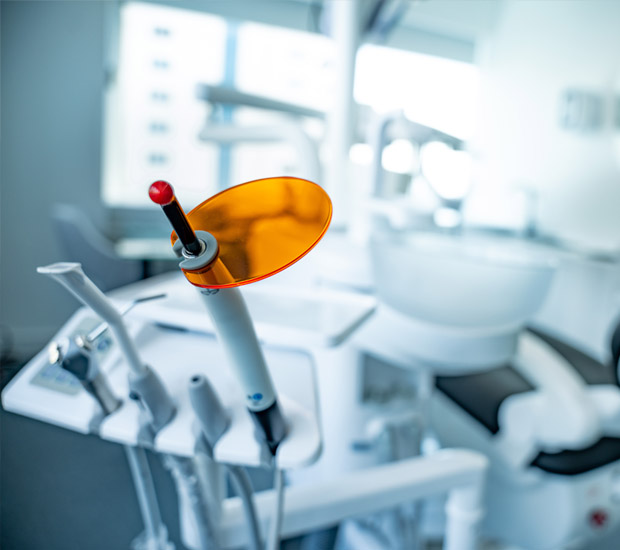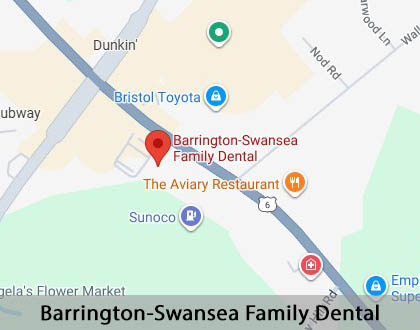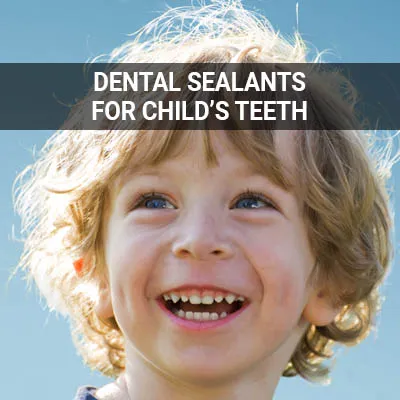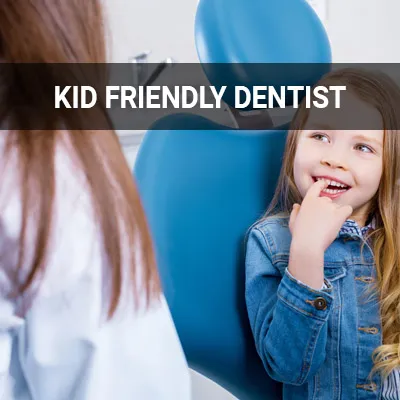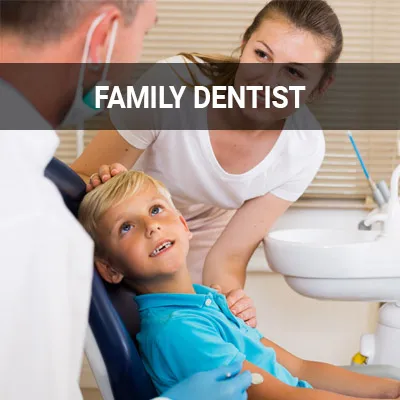Early Orthodontic Treatment Swansea, MA
Younger children sometimes show signs of an orthodontic issue. It is important to consider possible orthodontic options for smaller patients. Phase 1 orthodontics are early orthodontics treatment options for juveniles who do not have their permanent adult teeth yet.
Early orthodontics are available at Barrington-Swansea Family Dental in Swansea and the surrounding area. The providers at our office can evaluate young children for potential orthodontic issues. Early intervention may benefit children who may have complex bite or orthodontic issues and prevent more extensive dental treatments later on.
Child orthodontics treatment may require a two-phased approach, starting as early as age 7 to correct some issues. Our team can help you determine if your child needs early orthodontic treatment. Call us at (508) 439-4074 to find out if your child should be evaluated for early orthodontics treatment.
Swansea MA Orthodontics
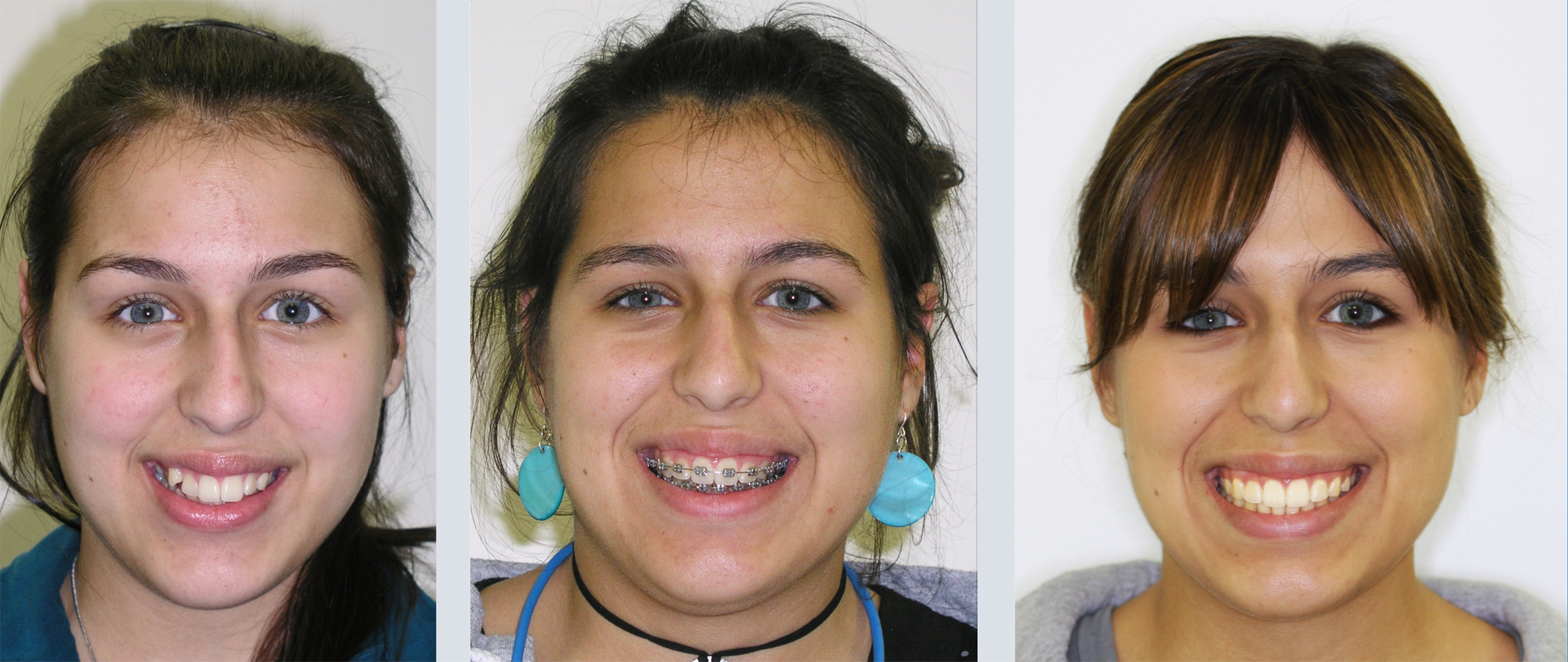
"I was always very self conscious about my bucky teeth. The doctor explained everything to me and always took the time to give me the best care possible. I love my new smile, it was definitely worth getting the braces!" B.K.
The doctor, as New England Chapter President of the International Association of Orthodontics provides seminars in orthodontics and children's dentistry. This organization is the longest continually operating non-specialty school and study group, dedicated to the latest advances in children's dentistry and orthodontics. He is also a certified Invisalign ® provider.
The Doctor also participates in orthodontic training through NYU dental School and other organizations. All patient's receive an orthodontic evaluation as a part of their regular dental exam.
Orthodontics for Children
As a part of our emphasis on children's dentistry, we have incorporated orthodontics into our practice. An orthodontic screening is done for each child. This allows us to diagnose problems in tooth position and facial growth at an early age. Then, if necessary, a treatment plan is developed to optimize the effectiveness of treatment and to decrease cost. Interceptive orthodontics utilizes appropriately timed early treatment to deal with orthodontic problems and helps growth progress in a more normal fashion.
Orthodontics for Adults
Many of our adult patients have received orthodontics as a part of a comprehensive treatment plan to address all of their dental problems. This is often combined with periodontal treatment (for healthy bone and gums) and other therapies to replace missing teeth. Adults appreciate the wide range of alternatives to traditional braces (such as Invisalign ®) that we provide. These can eliminate or reduce the need for traditional braces.
Early Orthodontic Problems and Their Causes
When children still have their baby teeth, they may show signs of needing early orthodontic interventions to correct certain problems. Children with extra teeth or exceptionally crowded teeth may be candidates for early treatment. Teeth that are excessively spaced out may also be a sign that early orthodontics could be beneficial.
Besides the spacing and positioning of the teeth, early orthodontics may also benefit children with bite problems. An underbite, where the lower teeth jut out further from the upper teeth, and a crossbite, where the jaw appears to shift to the side, may be successfully treated with early orthodontics. Genetics is the most common reason why a young child may have a bite problem, but some of these problems may be linked to thumb-sucking, prolonged pacifier use, or bottle use.
“When children still have their baby teeth, they may show signs of needing early orthodontic interventions to correct certain problems.”
Phase 1 of Treatment
During phase 1 treatment, the orthodontist may use a variety of dental appliances to help align the patient's teeth. Phase 1 treatment usually occurs when the child still has their baby teeth. There are also some early orthodontics treatments that use braces during phase 1.
The orthodontist may use space maintainers or spacers to help space out crowded teeth. Expanders are also used during some phase 1 treatment plans to help gently expand the palate. Phase 1 treatment may also consist of appliances such as headgear, retainers, and braces to guide the jawbone and permanent teeth growth into a better position.
“Phase 1 treatment may also consist of appliances such as headgear, retainers, and braces to guide the jawbone and permanent teeth growth into a better position.”
What to Expect After Stage 1 Treatment
Phase 1 orthodontics usually lasts for one to two years, and most patients finish stage 1 treatment by age nine. During phase 1, the child may have regular checkups with their dental team. The team adjusts orthodontic appliances and takes measurements. They make sure the child stays on track. After phase 1 is complete, the child has a rest period. The dental team may remove phase 1 appliances and stop treatment. At this stage, the team can let parents know whether their child needs phase 2 care.
“Phase 1 usually lasts for 1-2 years, and most patients finish stage 1 treatment by age nine.”
Check out what others are saying about our dental services on Yelp: Early Orthodontic Treatment in Swansea, MA
Moving Onto Phase 2 of Treatment
After completing phase 1, the next step is phase 2 orthodontic treatment. Barrington-Swansea Family Dental carefully evaluates each patient's progress during phase 1 before transitioning to the next step. Here is what happens during phase 2 of an early orthodontic treatment plan:
- Resting. Some patients may need to enter a resting phase before starting phase 2. During this step, the patient may need to only wear a retainer and have monitoring appointments. When the teeth are in the resting stage, the orthodontist will not place new dental appliances or braces.
- Straightening. Then, the child is ready for braces. Our staff places the wires, bands, and brackets onto the child’s teeth during an appointment. This stage may take between 12 and 24 months.
- Monitoring. Throughout the phase 2 treatment, the patient must come in for regular monitoring appointments. During an appointment, the dental provider will check the patient’s progress and may make adjustments. Once treatment is done, the orthodontist may recommend wearing a retainer to keep the teeth in alignment.
“Some patients may need to enter a resting phase before starting phase 2.”
Questions Answered on This Page
Q. What causes early orthodontic problems?
Q. What happens during phase 1 of treatment?
Q. What happens during phase 2 of treatment?
Q. When should phase 2 be postponed?
Q. How long does Phase 1 last?
People Also Ask
Q. What are the differences between Invisalign and traditional braces?
Q. How long does Invisalign take?
Q. What's the right age to get sealants?
When To Postpone Treatment Until Phase 2
While a two-phased approach to orthodontics can benefit many cases, some patients may be fine skipping phase 1. If the child has already lost most of their baby teeth, it may be better to opt for phase 2 treatment only. Additionally, there are some patients with minor problems that may not need extensive phase 1 intervention.
“If the child has already lost most of their baby teeth, it may be better to opt for phase 2 treatment only.”
Frequently Asked Questions About Early Orthodontic Treatment
Q. What is phase 1 orthodontics?
A. Phase 1 orthodontic treatment usually takes place between ages six and nine. During phase 1 care, the dental team looks for developing problems. They check your child's bite and jaw alignment. The team also takes steps to improve the alignment of adult teeth. Phase 1 usually involves retainers, palate expanders, and space maintainers.
Q. Does my child need phase 1 care?
A. All children should receive an orthodontic evaluation by age seven. During the assessment, the dental team performs a full exam. The team can let you know whether your child would benefit from early orthodontics.
Q. How can I find out if my child needs braces?
A. During the initial evaluation, the team may be able to determine whether your child needs braces. But in some cases, the team may delay their recommendations until phase 1 orthodontics is complete. Sometimes, teeth can shift during childhood and change treatment outcomes. Phase 1 treatment may also reduce or eliminate the need for braces.
Q. How long does orthodontic treatment last?
A. Phase 1 orthodontics usually lasts one to two years. If your child needs phase 2 treatment, their orthodontic treatment may continue. Phase 2 treatment might last for about one to three years. The dental team may also suggest breaks during various stages of treatment. Your dental provider can offer a detailed treatment timeline.
Q. How much does orthodontic treatment cost?
A. Treatment costs may vary depending on insurance coverage. Costs also depend on what type of treatment your child needs and how long your child remains in treatment. Our office team can provide more information about early orthodontics costs and coverage.
Dental Terminology
Call Us To Find Out More
To get your child evaluated for possible early orthodontics treatment, call us today at 508-439-4074. Not every child is a candidate for a two-phased treatment, and only an orthodontist can determine the proper course of action. In Swansea we provide complete orthodontic services for all phases of treatment.
Helpful Related Links
- American Dental Association (ADA). Glossary of Dental Clinical Terms. 2025
- American Academy of Cosmetic Dentistry® (AACD). Home Page. 2025
- WebMD. WebMD’s Oral Care Guide. 2025
About our business and website security
- Barrington-Swansea Family Dental was established in 2002.
- We accept the following payment methods: American Express, Cash, Check, Discover, MasterCard, and Visa
- We serve patients from the following counties: Bristol County
- We serve patients from the following cities: Swansea, Barrington, Somerset, Seekonk, Providence, East Providence, Rumford, Westport, Dighton, Assonet, Freetown, Fall River, Riverside, Warren, and Bristol
- Healthgrades. View Background Information and Reviews
- Norton Safe Web. View Details
- Trend Micro Site Safety Center. View Details
Back to top of Early Orthodontic Treatment

